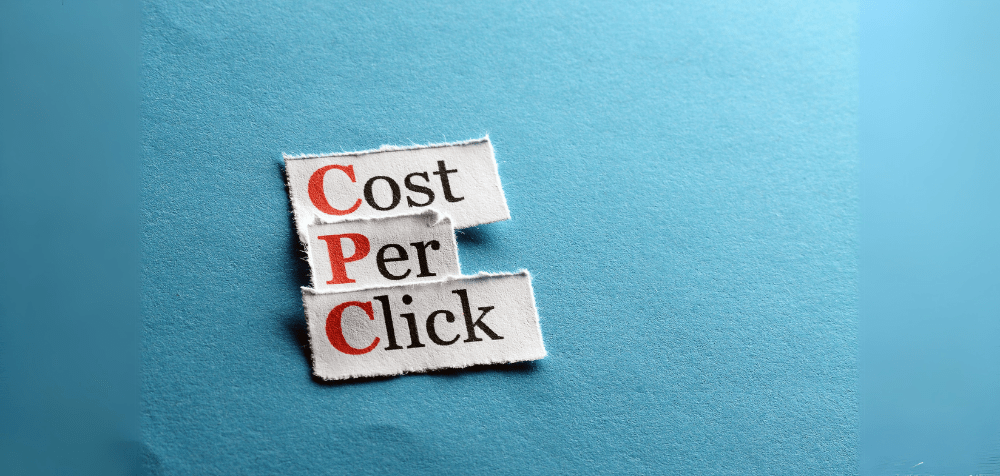Cost Per Click (CPC) is a key term in paid advertising that defines the amount an advertiser pays each time someone clicks on their ad. You might also hear it referred to as Pay Per Click (PPC). Whether you’re running ads on search engines, Google Display Network, or social media platforms, CPC is crucial in figuring out the cost of getting your ads in front of users. Understanding CPC helps you choose the right bidding strategies and optimize conversions, making sure you get the most clicks for your budget.
What Kinds of Ads Use CPC?
A range of ad formats—from text and rich media to social media ads—factor CPC into their cost calculations. Some ads are only shown on specific networks, like Google’s Search Network (the ads you see at the top of search results) and Display Network (which includes Google-owned or partnered sites like YouTube and Gmail).
Here are some ad types where CPC comes into play:
- Text ads
- Shopping ads
- Image ads
- Video ads
- Twitter promoted tweets
- Facebook ads
- Instagram ads
- LinkedIn ads
How Do You Calculate Cost Per Click (CPC)?
Calculating CPC is straightforward: just divide the total cost of your advertising campaign by the number of clicks your ads received. Tools like Google AdWords make it easy by showing you the CPC for your target keywords when you’re setting up a campaign.
CPC Formula:
Cost per click = Advertising cost / number of clicks
There are a few related metrics that also involve CPC, such as average cost per click and maximum cost per click. In platforms like Google AdWords, marketers can use strategies like enhanced CPC and manual CPC bidding to align with their campaign goals.
Average Cost Per Click is simply the average amount you spend for each click on your ad.
Average CPC = total cost of clicks / total number of clicks
Maximum Cost Per Click is the highest amount you’re willing to pay for a click. It’s a ceiling, not necessarily the amount you’ll end up paying. If you’re unsure of what to set, Google suggests starting with $1 for AdWords.
Manual Cost Per Click Bidding involves setting the maximum CPC for each ad manually, giving you more control compared to automated bidding strategies.
Enhanced Cost Per Click (ECPC) is an automated strategy in Google AdWords that adjusts your manual bids to maximize conversions on Google’s Search and Display Networks.
Why Measuring CPC Matters
Drive Traffic to Meet Goals: By paying to display your ads where your target audience is likely to see them, you can attract more customers to your site or physical store.
Optimize Campaigns with CPC Metrics: Tracking CPC helps you compare the cost of your campaigns against the revenue or other key metrics they generate, allowing for smarter ad spend.
Choose the Right Ad Types: If certain ads aren’t giving you a good return on investment, shift your budget to those that are more effective in driving revenue or traffic.
Leverage Manual or Automated Bidding Strategies: If you have a solid understanding of your business and audience, you might automate your bidding strategies, freeing up time to focus on other areas of your campaign.



